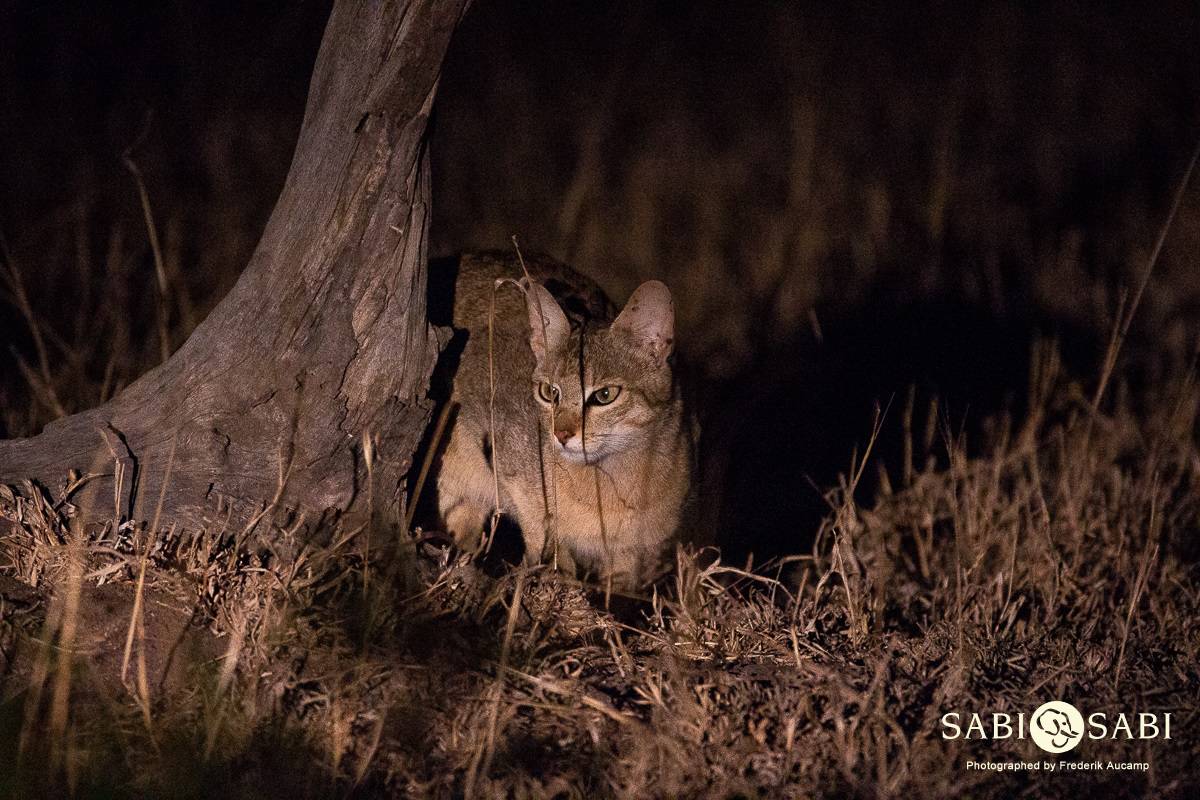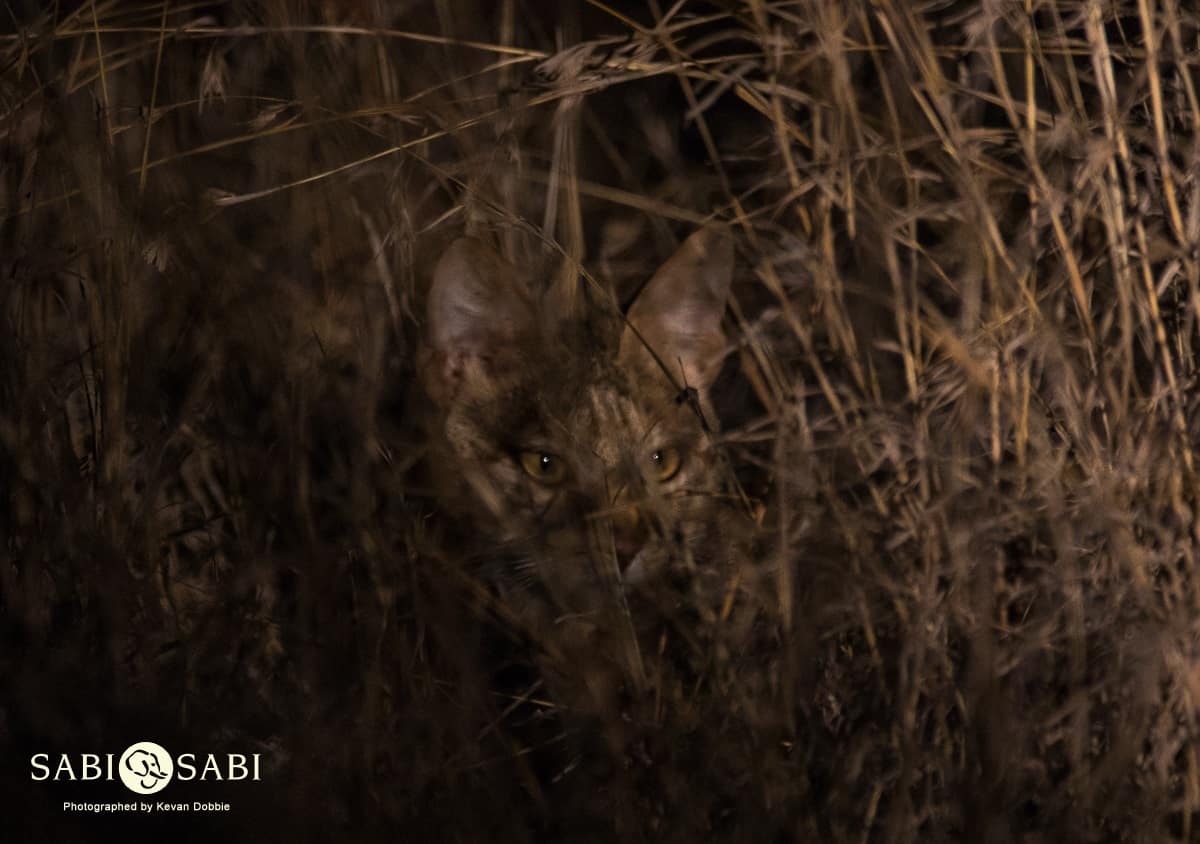African Wild Cat
on Mar 29, 2019Species name: African Wild Cat
Scientific Name: Felis silvestris lybica
Weight: Male: 3.5 - 6kg Female: 2.5 – 5.5kg
Shoulder Height: Male: 35cm - Female: 35cm
General Habitat: They are widespread but are usually found in areas with tall grass.
Diet: Carnivorous. They will eat rodents, frogs, insects, birds up to the size of guineafowls, and other small animals. Despite being carnivorous, they have also been known to eat fruits/berries.

When you hear, “African Wild Cat”, your first thought might be that it is a big cat similar to a leopard or lion, but actually they are small cats the size of a domestic cat. Even though they are small, they should not be underestimated.
They are stealthy hunters and use the tall grass and thick vegetation to conceal themselves. They will stalk their prey until they are about a meter away before pouncing on it. African Wild Cats have long, flame sharp canine teeth that they sink into their prey and kill them within seconds. Being very agile allows them to leap up into the air and grab prey, such as spurfowls and other birds, out of the sky. Hunting normally takes place at night, early mornings or late afternoons. Most farmers are grateful of the African Wild Cat’s presence as they hunt rodents and other pests that destroy the farmer’s crops.
African Wild Cats are mostly solitary, but the females can be seen with multiple males following her when in oestrous. After mating she will gestate for approximately sixty days and give birth to 1-5 cubs. The cubs will start hunting smaller prey when they are about 12 weeks old and will be fully independent from five months of age. Their average life span in the wild is about 11 years if not killed by another bigger predator. Luckily their agile tree climbing skills allows them to escape danger most of the time. The real threat to their existence is them interbreeding with domestic cats. Luckily here at Sabi Sabi, African Wild Cats get no exposure to domestic cats due to good conservation and therefore we don’t have to worry about interbreeding. Come join us on a Sabi Sabi safari and you might be lucky enough to see an African Wild Cat in its natural habitat.
My Memorable Sighting
Seeing an African Wild Cat is pretty scarce and sightings of them are few and far between. My first and probably most memorable sighting of an African Wild Cat was on my way back from an afternoon safari. About 10 minutes before the end of safari my tracker, Zeb, spotted something lurking in the tall grass. Suddenly an African Wild Cat emerged, and we immediately noticed that it was in stalking mode. Just about five meters from it was a scrub hare. It was hard to contain my excitement, as it was my first ever African Wild Cat sighting, but we had to keep quiet as to not disturb it or the scrub hare. All lights and the vehicle were switched off while we were sitting in suspense waiting for something to happen. Unfortunately for the African Wild Cat the scrub hare spotted it and took off with lighting speed. We followed it for a while and finally decided to leave this unforgettable sighting to allow it to hunt on its own. This was truly an unforgettable experience, especially the fact that it was so relaxed with our presence, as they tend to be very skittish.
Photo Content













